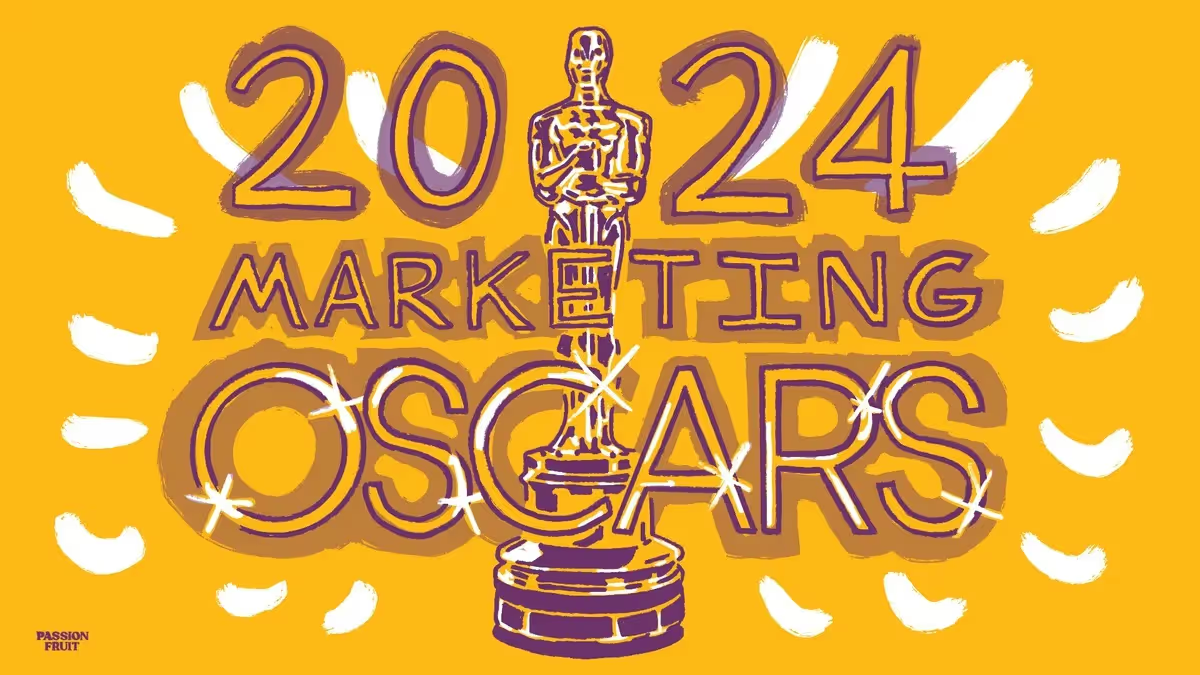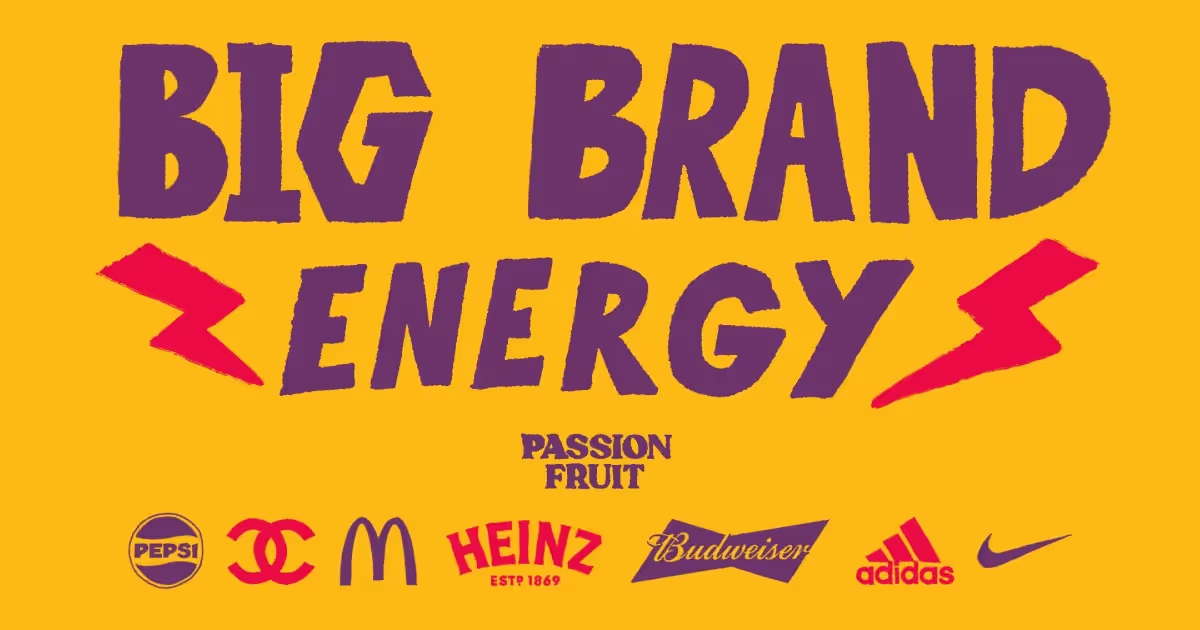When Tinder launched in 2012, they deployed a provocative strategy: find the best looking students on campus and get them to introduce the app at college parties. 55 billion matches later, that strategy is still lauded as one of the key reasons for the company’s success. Tinder has maneuvered itself to the centre of an almost unimaginable number of encounters between strangers looking for love.
With cuffing season almost upon us, and a string of recently launched dating apps all vying for a spot on your home screen, what is the likelihood of any of them displacing the likes of Bumble, Tinder and Hinge? And what marketing strategies would give them their best shot?

The pretenders to the throne are:
- Thursday - “Every Thursday, the app comes to life with people who are actually ready to date that day.”
- Monet - “Welcome to Monet, the dating and friend-making app where you send a drawing to start the conversation!”
- POM - “POM matches users based on their music history and emotional responses.We use this submitted data to curate a perfect end-to-end dating and social experience.”
- Feeld - “Feeld is an app that facilitates communication between people interested in casual sex, polyamory, kink, swinging, and other alternative sexual preferences such as more than one partner at once.”
- S’More - “S’More is a dating app that’s focused on helping users find more meaningful relationships: it ensures that users can’t focus on physical appearance, because photos are initially blurred — they gradually un-blur as you interact with someone”
- Snack - ‘Video First Dating’
- Once - ‘Once is a dating app that uses matching algorithms to deliver just one match per day to each user. It pitches itself as an alternative to the frantically paced apps such as Tinder and Bumble.’
- So Syncd - ‘the free Myers Briggs dating app that connects compatible personality types.’
- Jigsaw - ‘They superimpose a digital jigsaw over the faces of users, with pieces removed gradually the more you interact — and the full face only revealed after a pre-set amount of in-app engagement.’
Why dating apps are hard to grow
More or less, each app has a unique proposition that sets it apart from its predecessors and one another. Still, that may not be enough. This is because in a market as competitive as dating, the cost of acquiring a new customer is sky-high. It’s a good example of an industry where, like food delivery apps, distribution is arguably more important than product.
Even for businesses flush with VC cash, a 3:1 lifetime value to customer acquisition cost (CAC) ratio is what’s needed for those looking to build a scalable business. Bumble has managed to bring their CAC down to around $1.54 for a new non-paying user and pays $1.90 to convert a non-paying user to a paying user.
But for most startups, especially in a competitive industry, you’re nowhere close to those numbers. When you’re spending tens if not hundreds of dollars to bring someone onto your app, then losing them because your app works so well, the unit economics aren’t pretty.
What does it take to win in online dating
To succeed these apps have to lean into their challenger position. As another co-founder of Tinder put it, for new B2C businesses, “find a way of introducing your signal—essentially your advertisement—where there is no noise so you can get the attention of the consumer.”
Easier said than done, yes, but here are three practical ideas for founders of these startups to think about when trying to escape the noise.
- Help non-single people refer to their single friends: WOM is at the core of all dating - online or offline - and everyone (you’d hope!) wants to help their single friends find love and happiness. Like Tinder’s controversial “Party Strategy” - where they gave the app to people they judged as attractive to introduce the app at college parties - you have to look beyond the obvious end users of your product and consider who might be the first step in a chain reaction.
- Double down on celebrating success: when they were trying to accelerate growth, Tinder paid for the honeymoon of one of the couples who met at their events. If you’re Monet, where is the billboard outside of LA with the drawing that started a new relationship? If you’re POM, where is the gig where a newly happy couple are playing their favourite tracks all night? If you’re Thursday, should your most engaged users be hosting parties across cities as soon as the clock strikes midnight on the Wednesday before? Of course these are all just ideas, but there’s almost no limit to the benefits, and PR-ability, of social proof.
- Focus exclusively on a performance marketing channel which is less crowded: Reddit, Pinterest, Nextdoor… all of these are social networks with hundreds of millions of users but a lot less competition than the big beasts of Instagram, YouTube and Facebook. Looking back in five years it’s highly likely the new player who makes it long term will have mastered one of these less noisy honeypots of customer acquisition.







